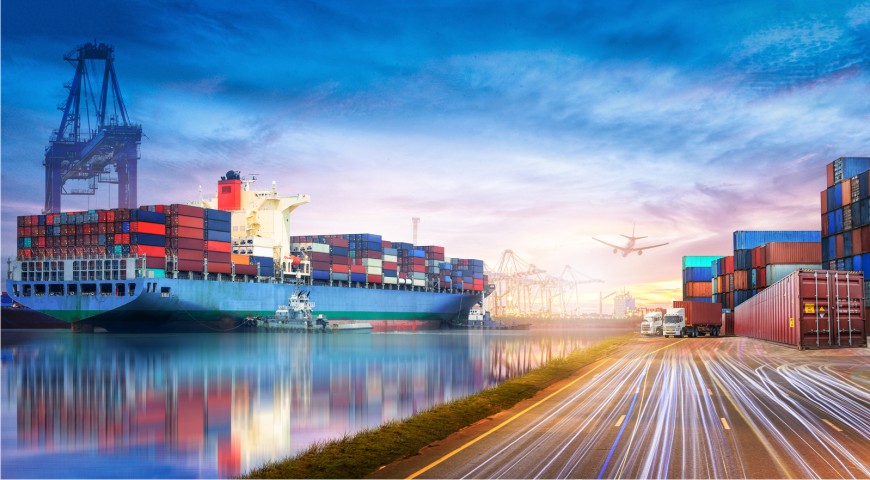
Full-Container-Load (FCL) Cargo
We undertake any kind of cargo acceptable by any country from/to. We do cooperate with our exclusive agency network in gaining very competitive Freight charges in to Colombo from any required origin and also assuming the quality services from the time we undertake the cargo till the cargo get reaches to its final destination.
In shipping, FCL means Full Container Load. Unlike LCL shipping, FCL means that you have the entire container’s space to yourself and will not be sharing your container with other shippers.
Containers are available in several different sizes. The most common choices are 20’ long x 8’ wide x 8 ½‘ high and 40’ long x 8’ wide x 8 ½‘ high, but there are longer and taller containers available as well. It is also possible to reserve a refrigerated, flat rack or open top, and ‘heavy tested’ container to fit unusually shaped or specialty cargo. At DFL Global, we can locate and reserve the type of container that will best suit your products.
In most cases, consignees choose FCL transport when they have enough cargo to fill an entire shipping container. However, some people choose to reserve an entire container even if their cargo will not completely fill it. There are several reasons you may want to choose FCL for your cargo.
